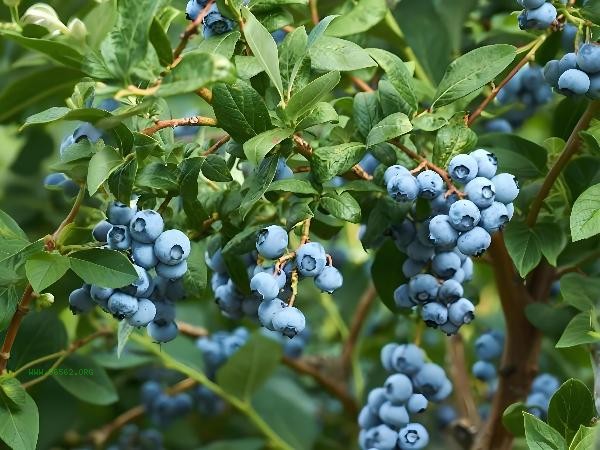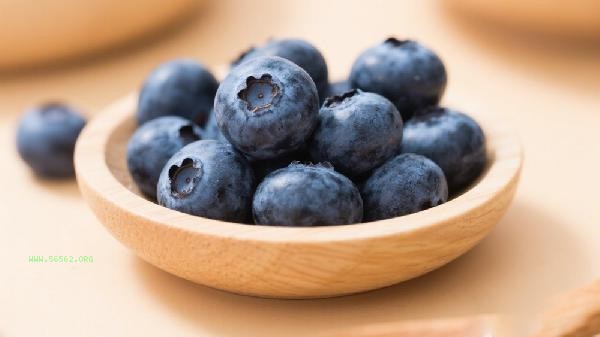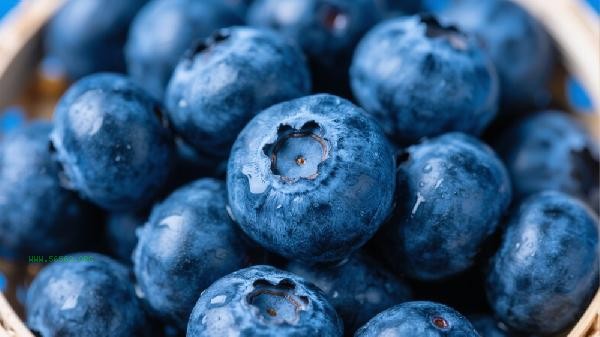Planting blueberries requires attention to key factors such as soil pH, variety selection, water management, lighting conditions, and pest control.

1. Soil pH
Blueberries are suitable for growing in acidic soil with a pH value of 4.0-5.5, and soil pH should be tested before planting. If the soil is alkaline, it can be adjusted by adding sulfur powder or humus soil. Long term maintenance of an acidic environment helps the roots absorb trace elements such as iron and zinc, preventing leaf yellowing. After planting, acidic fertilizers such as ammonium sulfate can be applied annually to maintain soil characteristics.
2. Variety selection
Choose suitable varieties according to the local climate. Northern regions can choose the cold resistant North High bush blueberry, while southern regions should choose the Rabbit Eye blueberry or South High bush variety. The maturity period of different varieties varies greatly, and combining early, medium, and late maturing varieties can prolong the harvesting period. It is recommended to choose dwarf blueberries for potted planting, with a plant height controlled within 1 meter for easy management.
3. Water Management
Blueberry roots are shallow and hairless, and the soil should be kept moist but not waterlogged. Watering should be done daily during the high temperature period in summer, preferably using a drip irrigation system. Timely drainage is necessary during the rainy season, as standing water for more than 24 hours can cause root rot. The winter dormancy period can reduce watering frequency and keep the soil slightly moist.

4. Light conditions
Blueberries are light loving plants that require 6-8 hours of direct sunlight per day. insufficient light can lead to a decrease in fruit sweetness and yield. Areas with strong sunlight in summer can be shaded appropriately to avoid fruit sunburn. Potted blueberries should be placed on a south facing balcony or courtyard, and the pot should be rotated regularly to evenly distribute light to the plants.
5. Disease and pest control
Common diseases include root rot and branch blight, which can be prevented through crop rotation and soil disinfection. The main pests are fruit flies and aphids, which can be controlled by hanging yellow sticky insect boards or spraying biological pesticides. Stop using medication 20 days before harvesting. The feather like wax layer remaining on the surface of the fruit has a natural protective effect and does not require excessive cleaning.

Planting blueberries requires daily maintenance, applying organic fertilizer before sprouting in spring and increasing potassium fertilizer after flowering to promote fruit enlargement. Proper thinning of fruits during the fruiting period can improve the quality of individual fruits, and it is advisable to retain 5-8 fruits per fruiting branch. Trim and remove diseased and weak branches, as well as crossed branches, in winter, while retaining robust annual branches. Potted blueberries require soil replacement and root repair every 2-3 years to prevent root aging. After the fruit turns color, it is necessary to prevent bird damage by covering it with bird nets or hanging reflective tape. When harvesting, gently pick mature fruits with fruit stalks and store them at room temperature for no more than 3 days. Freezing can preserve nutrients for a long time.








Comments (0)
Leave a Comment
No comments yet
Be the first to share your thoughts!